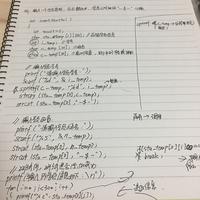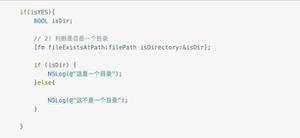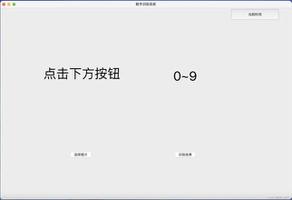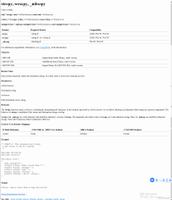如何检查字符串是否以Golang中指定的后缀字符串结尾?
Golang 中的 字符串HasSuffix()类函数用于检查给定的字符串是否以指定的 Suffix 字符串结尾。如果给定的字符串以指定的 Suffix 字符串结尾,则返回 True;否则返回 False。
HasSuffix()并分别检查字符串是否以特定的字符集结束或开始。 HasPrefix()
语法
func HasSuffix(s, prefix string) bool
其中 x 是给定的字符串。它返回一个布尔值。
示例 1
在此示例中,我们将使用if 条件来检查两个已定义的字符串变量是否以相同的字符集结尾。 HasSuffix()
package main输出结果import (
"fmt"
"strings"
)
func main() {
//初始化字符串
m := "HasSuffix String"
n := "String"
//显示字符串
fmt.Println("字符串 1: ", m)
fmt.Println("字符串 2: ", n)
//使用 HasSuffix 函数
if strings.HasSuffix(m, n) == true {
fmt.Println("两个字符串具有相同的后缀。")
} else {
fmt.Println("字符串不以相同的后缀结尾。")
}
}
它将生成以下输出 -
字符串 1: HasSuffix String字符串 2: String
两个字符串具有相同的后缀。
示例 2
现在,让我们再举一个例子HasSuffix()。
package main输出结果import (
"fmt"
"strings"
)
func main() {
//初始化字符串
y := "HasSuffix String Function"
//显示字符串
fmt.Println("给定字符串:", y)
//使用 HasSuffix 函数
test1 := strings.HasSuffix(y, "Function")
test2 := strings.HasSuffix(y, "String")
//显示 HasSuffix 输出
fmt.Println("The Given String has the Suffix 'Function'? :", test1)
fmt.Println("The Given String has the Suffix 'String'? :", test2)
}
它将生成以下输出 -
给定字符串: HasSuffix String FunctionThe Given String has the Suffix 'Function'? : true
The Given String has the Suffix 'String'? : false
以上是 如何检查字符串是否以Golang中指定的后缀字符串结尾? 的全部内容, 来源链接: utcz.com/z/297363.html








